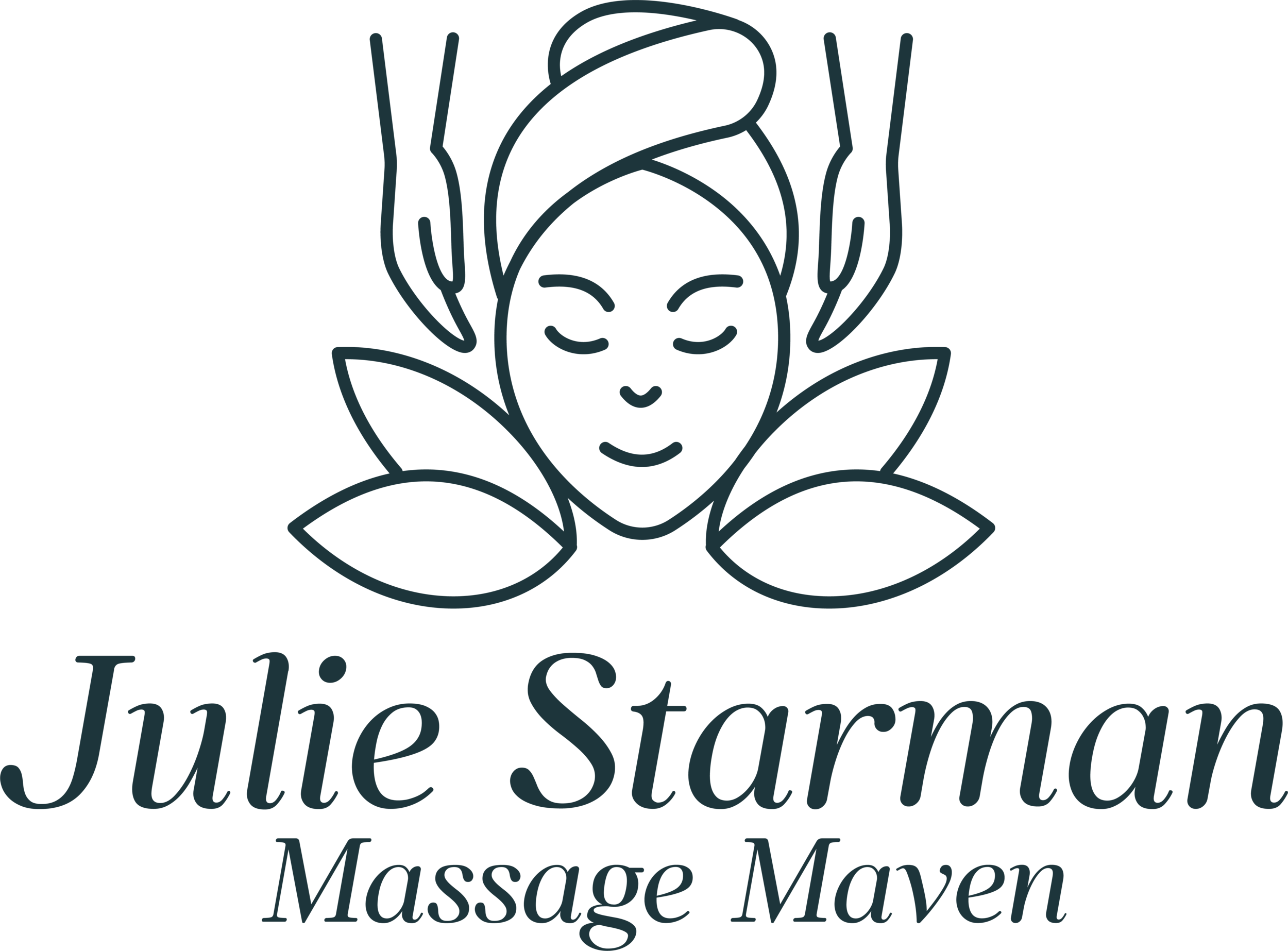Can You Have a Massage If You’re Having Cancer Treatment?
Before I get started with this blog post, please look for someone who is trained in oncology massage if you are currently going through treatment. I personally am not trained in this area, and more often than not would not be comfortable working on someone who is going through chemo or active cancer treatments. This is an informational post only, and not representative of my abilities or comfort level.
The simple answer is YES!
Don’t be afraid of treating yourself, or someone you know, to a massage treatment while going through treatment for cancer. There’s no reason why anyone who has cancer should avoid massage, in fact it can be an incredibly life-affirming treatment that should boost wellbeing and help with the stress of gruelling cancer treatments. Having a massage while having medical treatment for cancer can really put you back in touch with your body again. It can feel almost alien while you’re being examined and prodded by medical experts, given harsh chemical cocktails and treatments that make you feel bad, and having test after test. The simple pleasures of touch and massage can help reconnect you with your body, making you feel more human and ‘normal’ at a difficult time.
If you want to talk about how you’re feeling with your therapist, it’s safe place to chat, and share your thoughts and fears in a safe space. You should feel relaxed after a massage session; your therapist will listen to you and adapt techniques to your needs. It can be nice just to feel listened to when you’ve been seemingly at the mercy of the medical profession for a while. It doesn’t just feel nice; clinical studies have shown that massage can reduce symptoms such as stress, nausea, pain, fatigue and depression, all too common when you’re dealing with a serious illness.
Don’t worry – research shows that massaging muscle and soft tissue doesn’t spread cancer cells – that’s a myth. A relaxing massage is perfectly safe for people at all stages of cancer treatment, although the massage therapist will be careful to avoid any treatment or tumour sites while massaging you, to prevent any discomfort. The myth that massage can spread cancer came about because some people believe that the cancer affected cells can be moved around the body via the lymphatic system. This isn’t true; circulation of lymphatic fluid actually happens naturally as we move, and it can’t cause cancer to spread. Cancer develops and spreads because of changes to a cell’s DNA, not through cells being circulated around the body. There’s nothing to worry about! Scientific studies have shown that massage may reduce: pain fatigue nausea anxiety and depression in people having cancer treatments like chemotherapy and surgery.
What Are the Health Benefits of Massage for Cancer Patients?
People who’ve had massage therapy sessions during their cancer treatment say that they’ve noticed a wide range of positive effects afterwards. These include: Better sleep Improved healing of scar tissue A better quality of life More mental clarity Better range of movement. A large American study from 2004 [1] looked at the effects of massage therapy on almost 1300 people with cancer over three years. The study found that massage therapy reduced pain, nausea, fatigue, anxiety and depression, and the longer the massage sessions, the more relief people reported. Another smaller study [2] looked at how safe and effective massage was in reducing stress hormones in people who had blood cancer. People were given aromatherapy, massage or rest; massage significantly reduced amounts of stress hormones in the people who took part in the study. So, if you, or someone you know, is dealing with cancer, or has just been through treatment and needs a pick-me-up, choose massage.
References
1 Fellowes D, Barnes K, Wilkinson SSM. Aromatherapy and massage for symptoms relief in patients with cancer. Cochrane Database of Systematic Reviews 2008, Iss 4.
2 Stringer J et al. Massage in patients undergoing intensive chemotherapy reduces serum cortisol and prolactin. Psycho-Oncology 2008 Oct; 17 (10): 1024–31.
